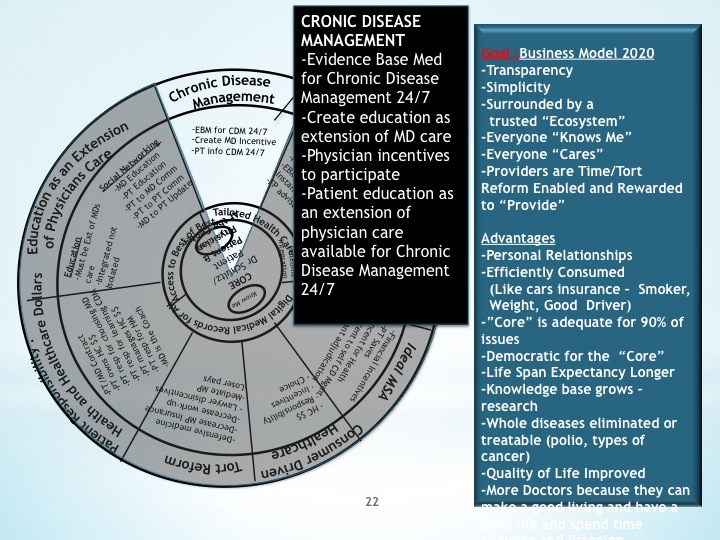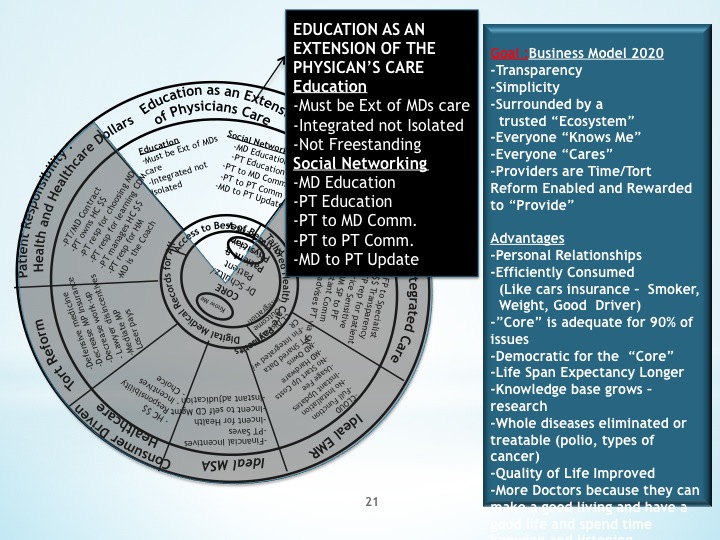ObamaCare Is Not A Cost Savings Act
Stanley Feld M.D., FACP,MACE
The evidence is mounting that President Obama’s healthcare reform act will not make healthcare more efficient or more affordable.
I have pointed out that Obamacare will create a healthcare system that will limit innovation, lead to healthcare rationing, and lower the quality of care. All this is coming our way.
It couldn’t work out as I predicted with the creation of a massive bureaucracy and its generation of massive rules and regulations to enable the government to control the healthcare system.
I would have loved to see President Obama create a system of affordable healthcare that is accessible to everyone. President Obama’s did not. He has created a financial and healthcare delivery mess.
He has the wrong business model.
He was able to pass his healthcare reform act by faking out the congress and the CBO using unrealistic numbers about cost saving.
President Obama repeatedly claimed that the annual healthcare premium per family would decrease by $2,500 per year before the end of his first term. We are almost at the end of his first term and the average cost of a yearly premium has increased $2,200 according to a Kaiser Family Foundation report.
President Obama claims seniors enjoy their Medicare coverage. I believe it is great to provide guaranteed insurance for seniors despite pre-existing illness.
However, the costs of Medicare premiums and Medicare’s initial deductibles have increased since 2009 while the covered services have decreased.
President Obama has also told seniors that their Medicare Part D benefits have improved under his watch. However, the cost of Part D, the deductibles and the costs of the different tier drugs have all increased.
“The CBO's initial estimate in March 2010 of ObamaCare's budget impact showed it saving money, reducing the federal deficit by $143 billion in the first 10 years. But that positive estimate was largely the product of gimmicks inserted into the bill by Democratic leaders to hide the law's true cost.”
Last month President Obama’s proposed fiscal 2013 budget included $111 billion in additional spending for the premium subsidies in the health law's insurance exchanges. Many states are refusing to sign up for health Insurance exchanges even though President Obama said he would pay 90% of the cost of these exchange in the first couple of years.
The states are broke and in the red. They have a constitutional obligation to have a balance budget.
The healthcare insurance exchanges are a President Obama ploy to get states to sell insurance to the uninsured increasing the state’s deficit. President Obama and congressional leaders said it would only affect one million Americans who would lose their employer-sponsored healthcare coverage.
This did not seem like an accurate number to me. The healthcare insurance premiums were $13,000 per family. If the employer did not provide healthcare coverage the penalty to an employer would be $2,000 per employee per year. The numbers given to the CBO clearly was a misrepresentation.
According to the CBO, 154 million Americans are covered under employer-sponsored plans. The cost to taxpayers would be huge and further increase the deficit if 50% of those individuals lost their coverage and became eligible for the $10,000 per year subsidy.
A McKinsey & Co. study in June 2011 showed that 30%-50% of employers plan to stop offering health insurance to their employees once the health law is implemented in 2014.
Employers dropping employer sponsored healthcare coverage will expose their employees to large financial risk even with the proposed government subsidy.
Employers would be making most employees eligible for huge subsidies in the new health-care exchanges. The government paid subsidy would be up to $10,000 for a household income of $64,000 per year.
This was another trick play by President Obama to get everyone into a public option and government run socialized medicine.
“In recent testimony before the Senate Appropriations Committee, Health and Human Services Secretary Kathleen Sebelius told me that America's health insurance system is in a "death spiral." She failed to acknowledge that implementation of ObamaCare will be the cause of that death spiral, and American taxpayers will be left to pick up the tab.”
We have also learned that President Obama gave 1400 corporations exemptions from Obamacare. These corporations provided “Minimed healthcare insurance” to their low wage earning employees. Minimed healthcare insurance provides little coverage to low wage earning employees. Hundreds of thousands of these people are essentially uninsured.
On the data given to the CBO, the premiums collected by the Community Living Assistance Services and Support Act (CLASS Act) were estimated to reduce the budget deficit by $70 billion dollars per year.
The new CLASS Act program is voluntary. Premiums are estimated to be $123 per month for workers who choose to participate. It covers home care for those who become disabled at any age, not just those over age 65.
This is a pretty low premium. It seemed too cheap to be true. Congress had to impose a secret tax on all taxpayers to cover the cost of CLASS.
“All taxpayers will all be taxed $150-$250 PER MONTH beginning in 2011 for the NEW Community Living Assistance Services and Support Act (CLASS Act) that was added to the Reconciliation Bill on Friday night, Mar 19, 2010, before Congress voted on Sunday, Mar. 21, 2010. It will help pay for long-term home-care for the elderly. Isn’t that nice?”
These are only a few examples of President Obama’s disinformation provided to the American taxpayer before and after his healthcare reform act was passed.
If the American taxpayer only listened and knew these facts and unintended consequences beforehand this bill would have never passed. If the Democrats in congress studied the bill beforehand they would have never passed it.
America had President Obama’s healthcare pulled over its eyes. This is the reason Vice President Biden said on an open mike, “This is a big f—–g deal”
The opinions expressed in the blog “Repairing The Healthcare System” are, mine and mine alone
Please have a friend subscribe


GED Online • March 29, 2012
This is a very beautiful and interesting research
The most educating one i have read today!
GED Online